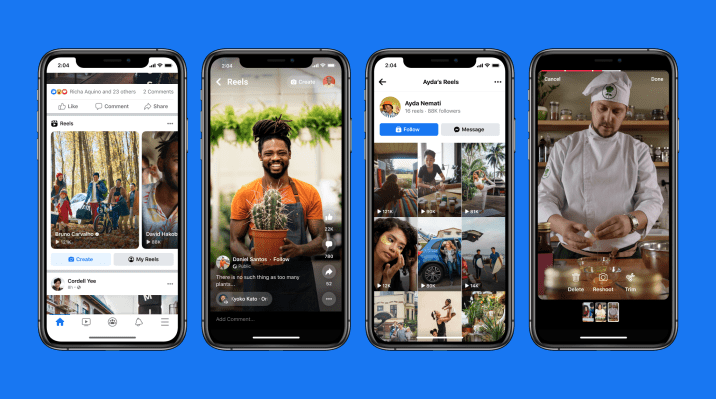Google expands flood and wildfire tracking
Flooding in Sanford, Florida, after Hurricane Ian. | Photo by Pauln Hennessy/SOPA Images/LightRocket via Getty ImagesGoogle announced a big expansion of its flood forecasting and wildfire tracking services today. It launched a tool called Flood Hub globally, which patches...
/cdn.vox-cdn.com/uploads/chorus_asset/file/24161962/1243862779.jpg)
Google announced a big expansion of its flood forecasting and wildfire tracking services today. It launched a tool called Flood Hub globally, which patches together forecasting across 20 countries. Google is also rolling out improved wildfire tracking to a few more countries after piloting the program in the US.
Half of the world lacks adequate early warning systems for disasters like floods and fires, a United Nations report found last month. That’s a lack of lifesaving technology that can give people enough lead time to get themselves to safety. The hope is that Google’s services can fill in some gaps, especially as climate change makes floods and fires even more dangerous than they were in the past.
The hope is that Google’s services can fill in some gaps, especially as climate change makes floods and fires even more dangerous than they were in the past
Google started using AI to predict floods in the Patna region of India back in 2018. That program expanded across the entire country and into parts of Bangladesh in 2020. By 2021, Google had sent flood notifications to 23 million people in the two flood-prone countries. That service will now reach 15 countries in Africa and three more countries in Asia and Latin America. (That includes Burkina Faso, Cameroon, Chad, Democratic Republic of the Congo, Ivory Coast, Ghana, Guinea, Malawi, Nigeria, Sierra Leone, Angola, South Sudan, Namibia, Liberia, South Africa, Brazil, Colombia, and Sri Lanka.)
The alerts go out to Android phone users and any phone with the Google search app installed. Companies and organizations can also sign up to receive the service, but people need to have access to the internet and enable their Google location services on their phone to receive the flood alerts.
Before Google can send out an alert, it has to first predict where flooding is likely to happen and how deep the water will be. To make predictions where less data is available, Google turned to an AI technique called transfer learning. Essentially, the researchers train a flood forecasting model using data from many different drainage basins. This data doesn’t have to be geographically specific to the areas where the app is predicting floods, allowing Google to scale the model more easily to new locations.
Previously, Google had to rely primarily on data from water level gauges. Now, the main driver of the model is weather forecast data rather than water level gauges. That update allows the company to now issue flood warnings up to a week in advance, compared to around 48 hours previously, according to Sella Nevo, senior staff engineering manager at Google.
The improved Flood Hub debuting today is an interactive map that people can use to look up flood forecasts for themselves. It’s available globally but only has data in the flood-prone areas Google now monitors. You can zoom in to see teal, yellow, and red pins that indicate flood levels. Red signals exceptional flooding, yellow is a warning of some flooding, and teal indicates normal conditions. Google launched an early version of Flood Hub late last year.
Image: Google
If you click on a pin, a box pops up with more information on each location. It’ll show a range of dates — past, present, and forward-looking. Blue shading in the box denotes whether water levels have already or are expected to surpass a “warning level” and “danger level” over that period of time. More simply, a little arrow next to “River change forecast” at the top of the box indicates whether water levels are expected to rise (with an arrow pointing up) or fall (arrow pointing down).
In 2020, Google also started offering users in the US a map feature that shows wildfire boundaries in near real time. Google added a wildfire layer to maps that began rolling out globally in 2021, although the US still had more granular tracking of individual fires. Google has always relied on data from the National Oceanic and Atmospheric Administration (NOAA) and NASA satellites for this feature. Now, for the first time, according to Nevo, Google is using machine learning to improve its detection and monitoring of wildfires. That improved tracking is now available in the US, Mexico, Canada, and parts of Australia. Users might not notice much of a difference in how they interact with the feature since the biggest change is on the back end.
“Internally for us, it’s a very big change ... it’s really a very meaningfully different system,” Nevo says. “From a user’s perspective, they [can] just expect that they have more coverage and it’s more accurate.”

 Aliver
Aliver 































